Home>Home Appliances>Laundry Appliances>How To Fix The Balance On A Washing Machine
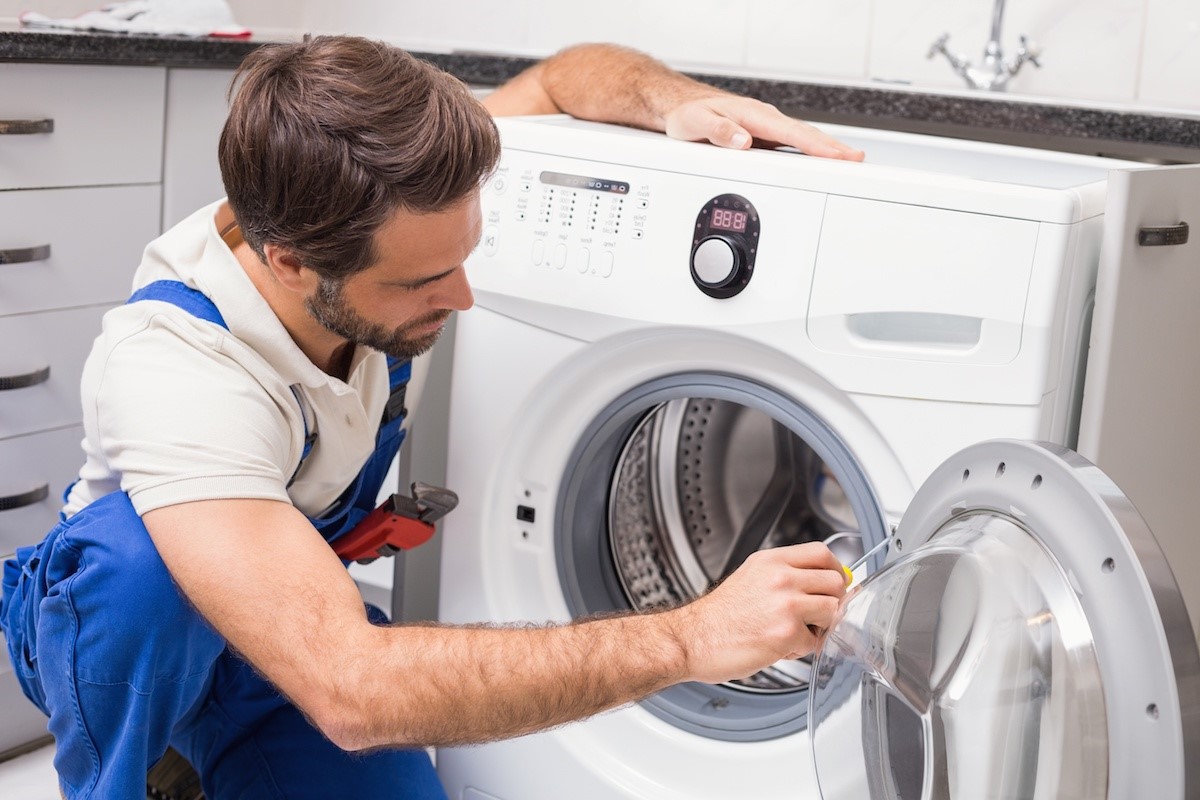

Laundry Appliances
How To Fix The Balance On A Washing Machine
Published: February 21, 2024
Learn how to fix the balance on your laundry appliances with our step-by-step guide. Keep your washing machine running smoothly with our expert tips.
(Many of the links in this article redirect to a specific reviewed product. Your purchase of these products through affiliate links helps to generate commission for Storables.com, at no extra cost. Learn more)
Understanding the Causes of Imbalance
An unbalanced washing machine can be a frustrating issue, leading to excessive noise, vibration, and potential damage to the appliance. Understanding the root causes of imbalance is crucial in effectively addressing this problem. Several factors can contribute to the imbalance of a washing machine, and recognizing these underlying issues is the first step toward resolving the problem.
Read more: How To Fix Washer Off Balance
Uneven Distribution of Laundry
One of the primary reasons for imbalance in a washing machine is the uneven distribution of laundry within the drum. When heavy items, such as towels or jeans, are grouped together on one side of the drum, it can lead to an imbalance during the spin cycle. This imbalance causes the machine to shake and produce loud, unsettling noises. Additionally, the uneven distribution of laundry can strain the components of the washing machine, potentially leading to premature wear and tear.
Overloading the Machine
Overloading the washing machine with an excessive amount of laundry can also result in imbalance. When the drum is packed beyond its capacity, the weight distribution becomes uneven, causing the machine to struggle during the spin cycle. This not only leads to imbalance but can also affect the cleaning efficiency of the laundry. It is essential to adhere to the recommended load capacity specified by the manufacturer to prevent overloading and maintain optimal performance.
Worn or Faulty Components
Over time, the components responsible for stabilizing the washing machine may wear out or become damaged, contributing to imbalance issues. Suspension springs and shock absorbers play a critical role in supporting the drum and minimizing vibrations during operation. If these components are worn or faulty, they can no longer effectively counteract the forces generated during the spin cycle, leading to imbalance and excessive movement of the machine.
Mechanical Wear and Tear
Continuous use of the washing machine can result in mechanical wear and tear, affecting its overall stability and balance. The natural degradation of components, such as bearings and seals, can impact the smooth rotation of the drum, leading to imbalance issues. Additionally, the gradual loosening of internal connections and fasteners can contribute to the instability of the machine during operation.
Understanding these causes of imbalance is essential for diagnosing and addressing the issue effectively. By identifying the underlying factors contributing to the imbalance of the washing machine, you can take targeted steps to restore its stability and ensure smooth, efficient operation.
Key Takeaways:
- Unevenly distributed laundry and overloading can cause washing machine imbalance, leading to noise and potential damage. Regularly check and adjust load distribution to prevent these issues and maintain efficient operation.
- Inspect and maintain suspension springs and shock absorbers to prevent imbalance in washing machines. Promptly address wear and damage to ensure smooth, reliable performance and prolong the appliance’s lifespan.
Read more: How To Balance Samsung Washer
Checking for Leveling Issues
Ensuring that your washing machine is properly leveled is fundamental in preventing imbalance during operation. When a washing machine is not level, it can lead to excessive vibration and movement, resulting in disruptive noise and potential damage to the appliance and surrounding area. Checking for leveling issues is a straightforward yet crucial step in maintaining the stability and performance of your washing machine.
Importance of Leveling
Proper leveling is essential for the smooth and efficient operation of a washing machine. When the appliance is not level, even a minor tilt can significantly impact its stability during the spin cycle. This imbalance not only causes disruptive vibrations but can also lead to the machine "walking" across the floor, posing a safety hazard. Additionally, an unlevel washing machine may experience accelerated wear and tear on its components, potentially leading to costly repairs.
Simple Leveling Process
To check for leveling issues, start by ensuring that the washing machine is placed on a firm and stable surface. Using a spirit level, assess the appliance from side to side and front to back to determine if it is sitting evenly. If the bubble in the spirit level is off-center, it indicates that the machine is not level and adjustments are necessary.
Adjusting the Leveling Feet
Most washing machines are equipped with adjustable leveling feet to compensate for uneven surfaces. By using a wrench or pliers, carefully adjust the leveling feet to raise or lower the corners of the machine as needed. The goal is to achieve a balanced position where the spirit level indicates that the appliance is perfectly level in both directions.
Read more: How To Balance A Washing Machine Drum
Verifying Stability
Once the leveling feet have been adjusted, recheck the washing machine's levelness using the spirit level. It is essential to verify that the appliance remains stable and does not wobble when pressure is applied to its corners. This step ensures that the leveling adjustments have effectively addressed any potential imbalance issues caused by an uneven placement of the washing machine.
Ensuring Regular Maintenance
Regularly checking for leveling issues and ensuring that the washing machine remains properly leveled is a proactive approach to preventing imbalance and maintaining the appliance's longevity. Periodically reassess the levelness of the machine, especially if it has been moved or relocated. By prioritizing proper leveling, you can mitigate the risk of imbalance-related problems and promote the smooth, quiet operation of your washing machine.
By diligently addressing leveling issues, you can significantly reduce the likelihood of imbalance and its associated disruptions, safeguarding the performance and durability of your washing machine.
Inspecting the Suspension Springs
The suspension springs in a washing machine play a crucial role in stabilizing the drum during the wash and spin cycles. Over time, these springs may become worn or damaged, compromising their ability to effectively counteract the forces generated during operation. Inspecting the suspension springs is a vital step in identifying potential issues that could lead to imbalance and disruptive vibrations.
Signs of Wear and Damage
Begin the inspection by visually examining the suspension springs for any signs of wear, corrosion, or physical damage. Look for indications of stretching, deformation, or fractures in the springs, as these can significantly impact their performance. Additionally, check for any accumulation of rust or deterioration, as this can weaken the structural integrity of the springs.
Read more: How To Balance Front Load Washer
Testing for Tension
To assess the condition of the suspension springs, gently press down on the corners of the washing machine's cabinet while it is empty. Observe the response of the springs to determine if they provide adequate tension and support. If the springs feel loose or fail to resist the pressure, it may indicate that they have lost their elasticity and require attention.
Verifying Alignment
Ensure that the suspension springs are properly aligned and securely attached to the washing machine's frame and drum. Any misalignment or detachment can lead to imbalance issues during operation. Carefully inspect the mounting points and fastenings to confirm that the springs are correctly positioned and firmly secured.
Addressing Maintenance Needs
If the inspection reveals any signs of wear, damage, or compromised tension in the suspension springs, it is advisable to consider replacing them with new, high-quality components. Proper maintenance of the suspension springs is essential for preserving the stability and smooth operation of the washing machine. By addressing any issues promptly, you can prevent potential imbalance problems and prolong the lifespan of the appliance.
Professional Evaluation
In cases where the inspection raises concerns about the condition of the suspension springs, seeking the expertise of a qualified technician is recommended. A professional evaluation can provide a comprehensive assessment of the springs' integrity and determine the most appropriate course of action to restore the washing machine's stability and performance.
By diligently inspecting the suspension springs and addressing any maintenance needs, you can proactively mitigate the risk of imbalance and ensure the reliable, efficient operation of your washing machine.
Read more: How Do I Balance My Washing Machine
Examining the Shock Absorbers
The shock absorbers in a washing machine serve as critical components responsible for minimizing vibrations and stabilizing the drum during the wash and spin cycles. These essential elements play a pivotal role in absorbing the impact of the machine's movements, ensuring smooth and quiet operation. However, over time, the shock absorbers may experience wear and deterioration, compromising their ability to effectively dampen vibrations and maintain balance.
Signs of Wear and Deterioration
To begin the examination of the shock absorbers, it is essential to visually inspect these components for any visible signs of wear, damage, or leakage. Look for indications of oil seepage or staining around the shock absorbers, as this can signify a loss of hydraulic fluid and a reduction in their damping capabilities. Additionally, check for any physical deformities, such as cracks or distortion, which can impair the shock absorbers' functionality.
Testing for Resilience
Testing the resilience of the shock absorbers is crucial in determining their capacity to absorb and mitigate vibrations. Gently push down on the corners of the washing machine's cabinet to apply pressure and observe the response of the shock absorbers. If the machine exhibits excessive movement or instability, it may indicate that the shock absorbers are no longer effectively dampening the vibrations, necessitating further attention.
Verifying Mounting and Alignment
Ensure that the shock absorbers are securely mounted and aligned with the washing machine's frame and drum. Any misalignment or detachment can compromise their ability to stabilize the appliance during operation. Carefully examine the fastenings and connections to confirm that the shock absorbers are properly positioned and firmly attached, as this is essential for their optimal performance.
Addressing Maintenance Needs
If the examination reveals any indications of wear, leakage, or diminished resilience in the shock absorbers, it is advisable to consider replacing them with new, high-quality components. Proper maintenance of the shock absorbers is crucial for preserving the stability and smooth operation of the washing machine. By promptly addressing any issues identified during the examination, you can effectively prevent potential imbalance problems and prolong the lifespan of the appliance.
Professional Evaluation
In instances where the examination raises concerns about the condition of the shock absorbers, seeking the expertise of a qualified technician is recommended. A professional evaluation can provide a comprehensive assessment of the shock absorbers' integrity and determine the most appropriate course of action to restore the washing machine's stability and performance.
By diligently examining the shock absorbers and addressing any maintenance needs, you can proactively mitigate the risk of imbalance and ensure the reliable, efficient operation of your washing machine.
Adjusting the Load Distribution
Proper load distribution is a fundamental aspect of maintaining balance and stability in a washing machine. When the laundry is unevenly distributed within the drum, it can lead to disruptive vibrations and potential imbalance during the spin cycle. Adjusting the load distribution is a simple yet effective strategy to mitigate these issues and promote the smooth, efficient operation of the appliance.
Importance of Balanced Load Distribution
Ensuring that the laundry is evenly distributed inside the washing machine drum is essential for preventing imbalance and minimizing disruptive vibrations. When heavy items, such as towels or bedding, are grouped together on one side of the drum, it can lead to an uneven weight distribution, causing the machine to shake and produce excessive noise during the spin cycle. By prioritizing balanced load distribution, you can significantly reduce the risk of imbalance-related problems and enhance the overall performance of the washing machine.
Read more: How To Fix A Leaking Washer
Strategic Loading Techniques
To achieve balanced load distribution, it is advisable to strategically place the laundry inside the drum. Start by loosely filling the drum with the laundry, ensuring that it is evenly spread out. Avoid overloading the machine, as this can lead to imbalance and affect the cleaning efficiency. Instead, aim to distribute the laundry in a way that promotes uniform weight distribution throughout the drum, minimizing the potential for disruptive movements during operation.
Rearranging Heavy Items
When dealing with bulky or heavy items, such as blankets or large towels, it is important to distribute them evenly around the drum. Placing these items on opposite sides of the drum can help counterbalance their weight, reducing the likelihood of imbalance during the spin cycle. By strategically rearranging the placement of heavy items, you can promote a more balanced load distribution and minimize the impact of uneven weight on the washing machine's stability.
Periodic Monitoring and Adjustment
Regularly monitoring and adjusting the load distribution before starting the washing cycle is a proactive approach to preventing imbalance issues. Take a moment to assess the positioning of the laundry inside the drum, making any necessary adjustments to ensure that it is evenly distributed. By incorporating this practice into your laundry routine, you can proactively address potential imbalance concerns and contribute to the overall longevity of the washing machine.
Optimizing Performance and Stability
By prioritizing balanced load distribution, you can optimize the performance and stability of your washing machine. This simple yet impactful practice not only minimizes disruptive vibrations and noise but also contributes to the efficient cleaning of the laundry. Emphasizing balanced load distribution as part of your laundry routine is a proactive step toward maintaining the smooth, reliable operation of your washing machine.
Incorporating these strategies into your laundry routine can significantly reduce the likelihood of imbalance-related issues, promoting a quieter, more stable washing machine operation and prolonging the appliance's lifespan.
Replacing Damaged Components
When all other troubleshooting methods fail to rectify the imbalance issue in a washing machine, it may be necessary to consider replacing damaged components. Over time, the wear and tear of critical parts such as suspension springs, shock absorbers, and other internal mechanisms can compromise the overall stability and balance of the appliance. By addressing damaged components promptly, you can restore the washing machine's functionality and ensure smooth, efficient operation.
Assessment of Component Integrity
Before proceeding with component replacement, it is essential to conduct a thorough assessment of the affected parts. Visually inspect the suspension springs, shock absorbers, and other relevant components for signs of wear, damage, or deterioration. Look for indications of stretching, corrosion, leakage, or physical deformities that may compromise their performance. Additionally, test the resilience and functionality of these components to determine the extent of the damage and the need for replacement.
Selection of High-Quality Replacements
When replacing damaged components in a washing machine, it is crucial to prioritize high-quality replacement parts. Consult the appliance's manufacturer or a reputable supplier to obtain genuine components that are specifically designed for your washing machine model. Opting for authentic replacement parts ensures compatibility, durability, and optimal performance, ultimately contributing to the long-term stability and functionality of the appliance.
Professional Installation and Calibration
While some component replacements can be performed by individuals with a moderate level of technical skill, certain replacements may require professional installation and calibration. Suspension springs, shock absorbers, and intricate internal mechanisms demand precise installation to ensure their effectiveness in stabilizing the washing machine. Seeking the expertise of a qualified technician can guarantee the proper fitting and calibration of the new components, minimizing the risk of installation errors and ensuring the appliance's optimal performance.
Read more: How To Fix The Washing Machine
Comprehensive Testing and Adjustment
Following the replacement of damaged components, it is imperative to conduct comprehensive testing and adjustment procedures. Run a test cycle to observe the washing machine's behavior and assess its stability during operation. Monitor for any signs of imbalance, excessive vibrations, or unusual noises that may indicate lingering issues. If necessary, make further adjustments to the newly replaced components to fine-tune their performance and ensure the overall balance of the appliance.
Proactive Maintenance and Care
After replacing damaged components, prioritize proactive maintenance and care to prolong the lifespan of the washing machine. Regularly inspect the replaced parts for signs of wear and monitor the appliance's performance to detect any potential imbalance issues early on. By maintaining a proactive approach to care and maintenance, you can safeguard the stability and functionality of the washing machine, minimizing the likelihood of future component damage and imbalance-related problems.
By diligently addressing damaged components and ensuring their effective replacement, you can restore the stability and balance of your washing machine, promoting reliable, efficient operation and prolonging the appliance's longevity.
Frequently Asked Questions about How To Fix The Balance On A Washing Machine
Was this page helpful?
At Storables.com, we guarantee accurate and reliable information. Our content, validated by Expert Board Contributors, is crafted following stringent Editorial Policies. We're committed to providing you with well-researched, expert-backed insights for all your informational needs.
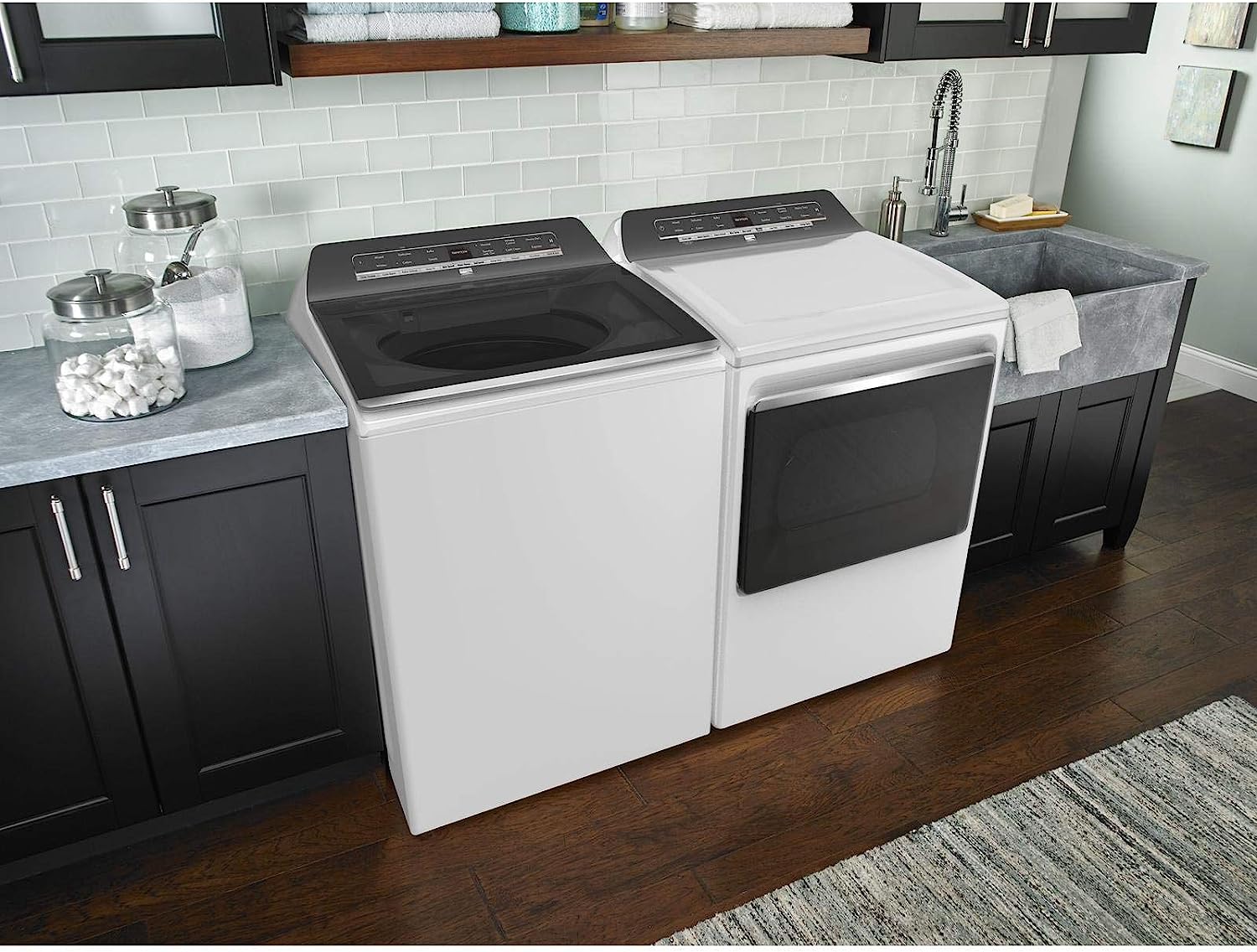
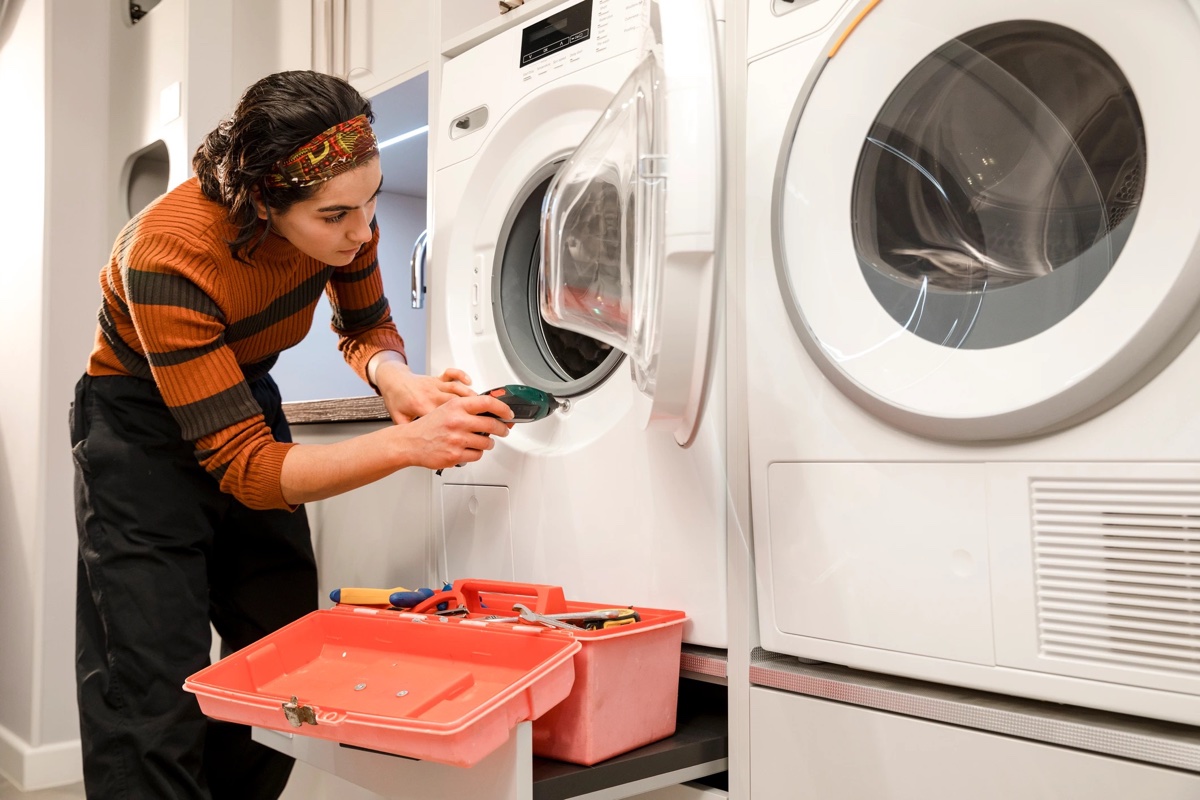
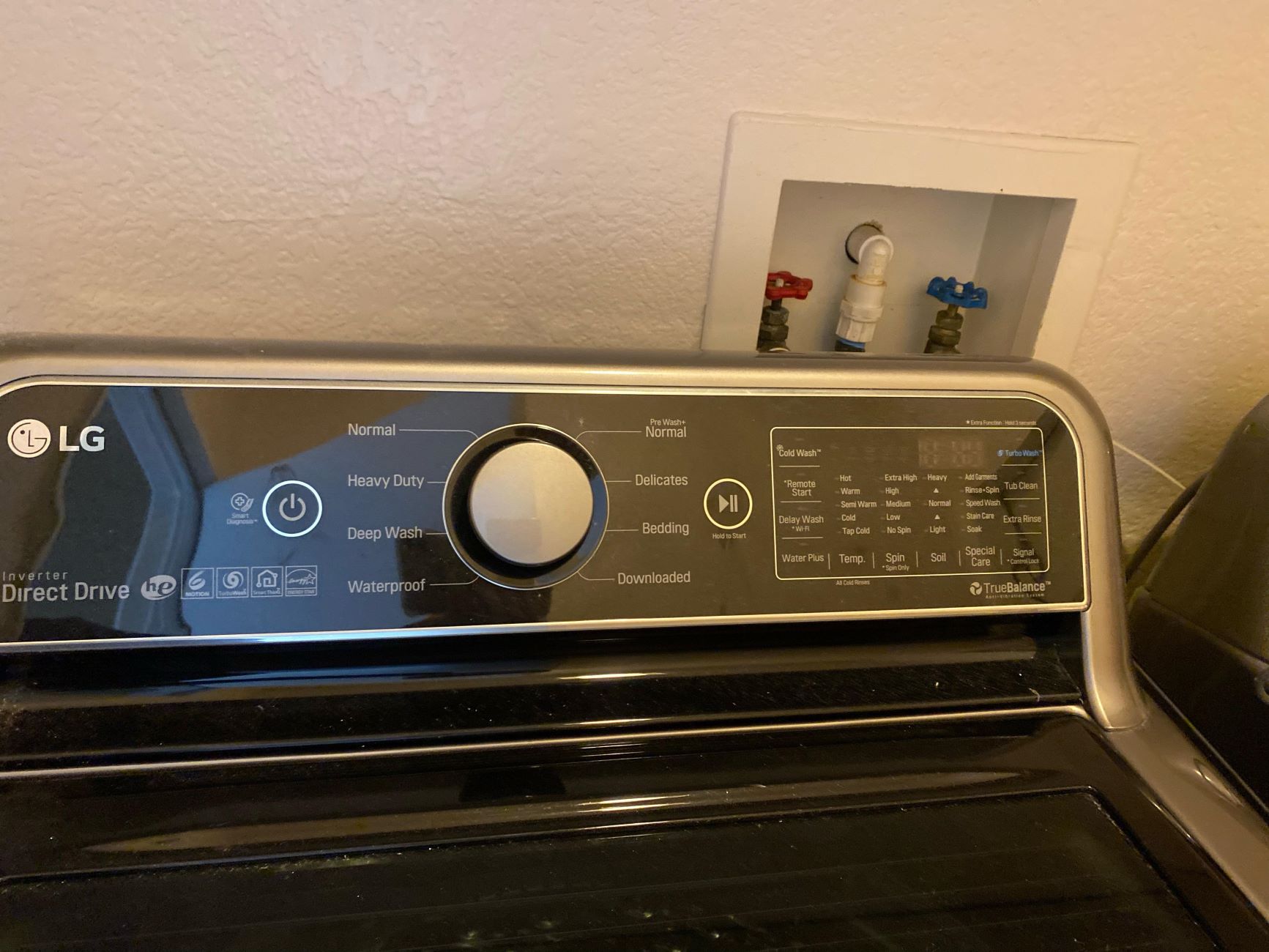
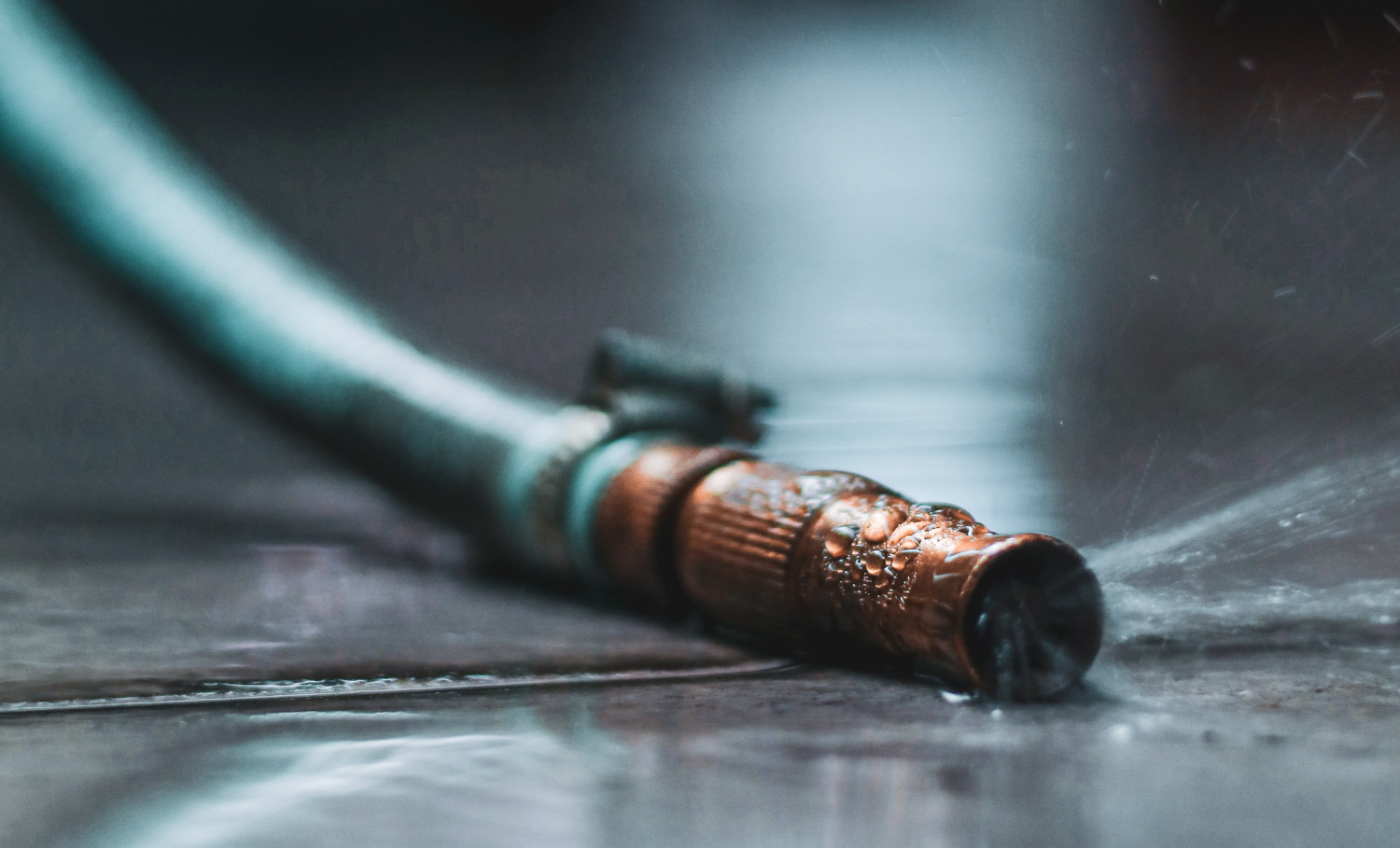
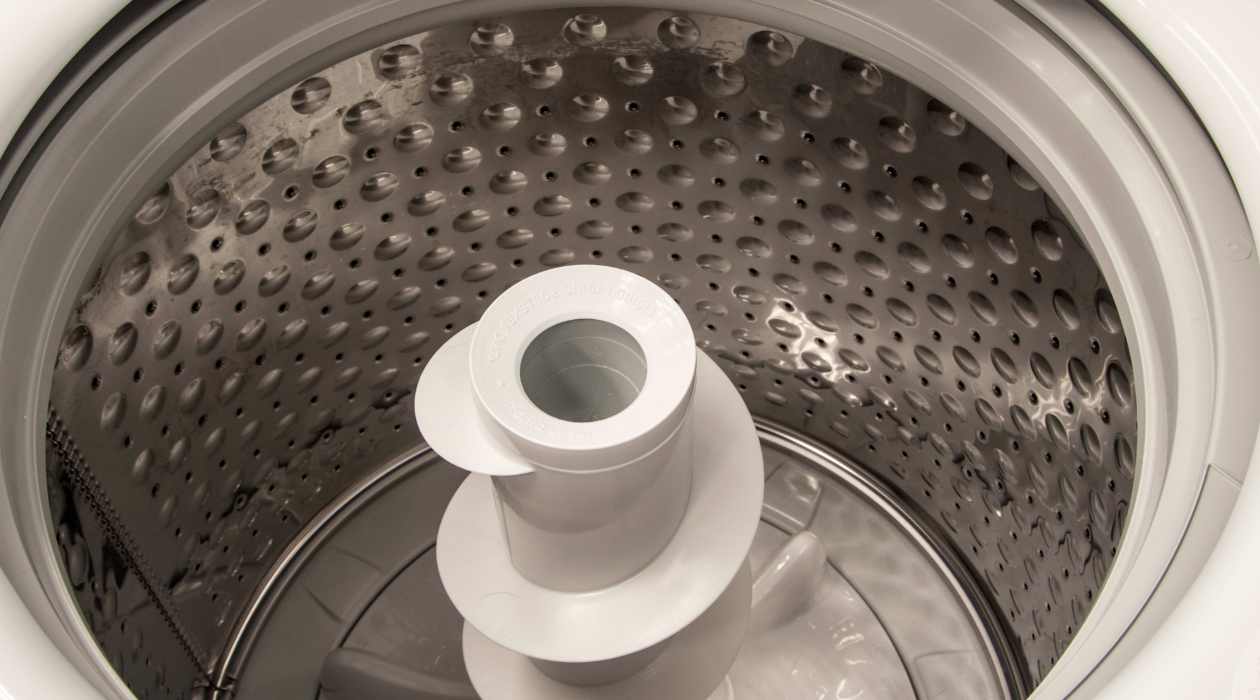
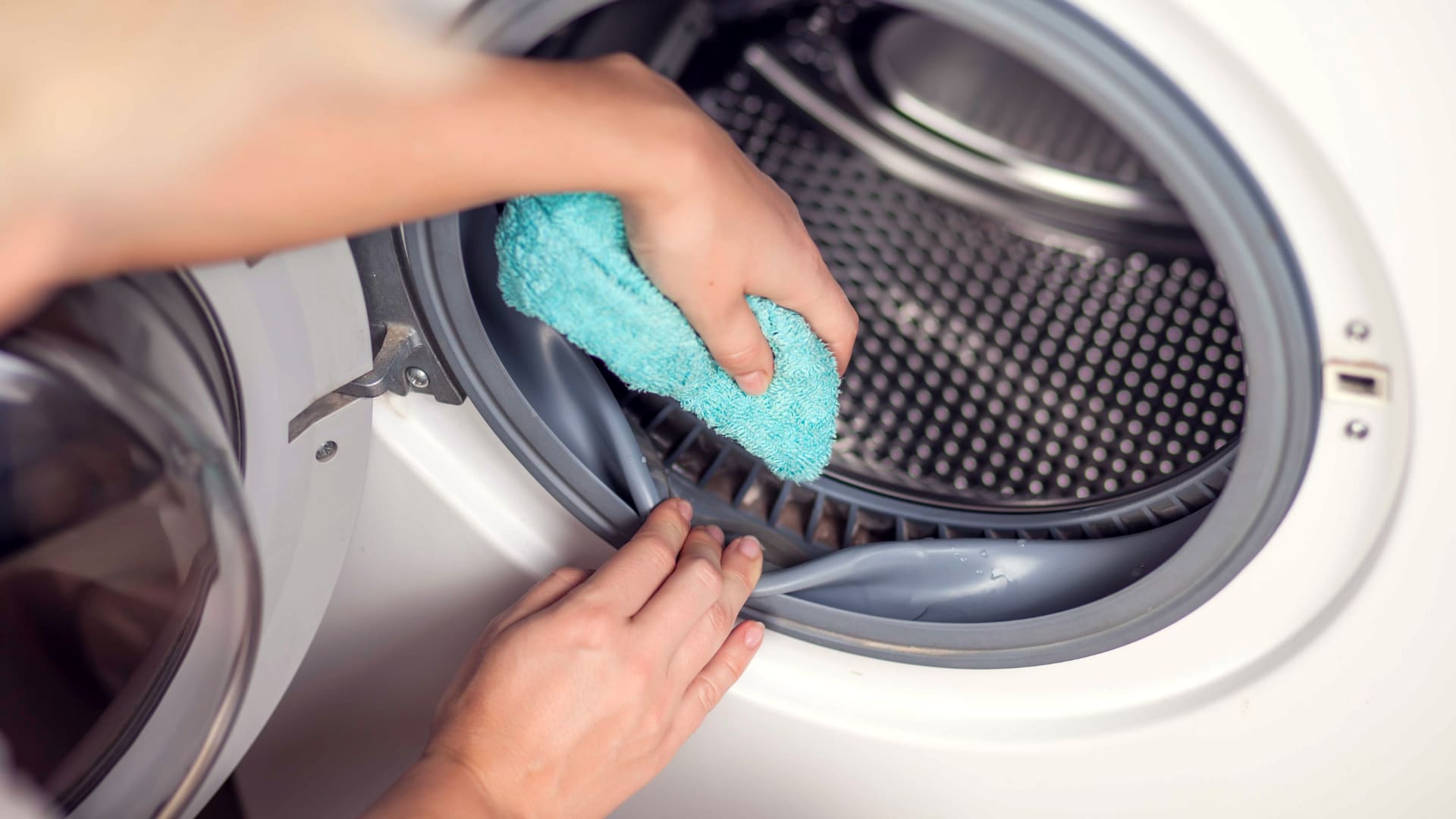
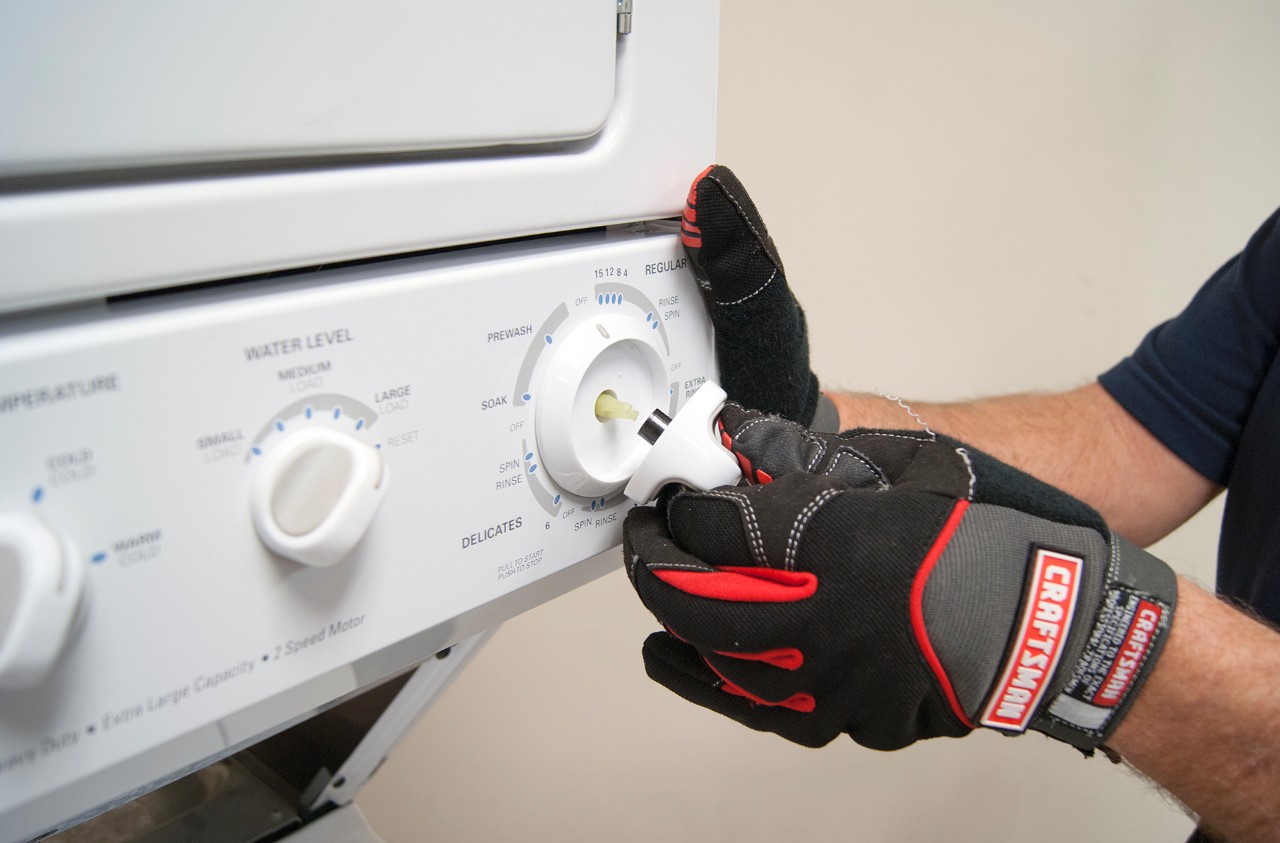

0 thoughts on “How To Fix The Balance On A Washing Machine”